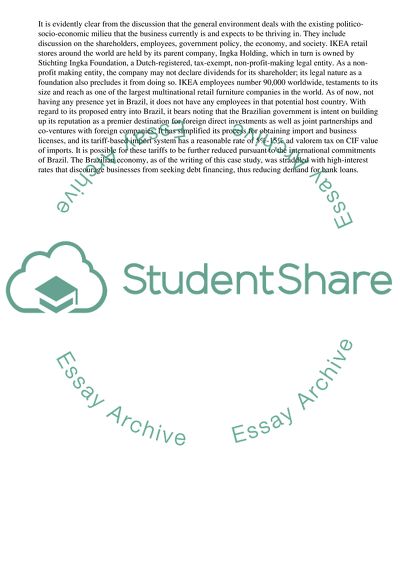Cite this document
(“IKEA: Expanding through franchising to the South American market Essay”, n.d.)
Retrieved from https://studentshare.org/management/1559729-the-case-study-ikea-expanding-through-franchising-to-the-south-american-market
Retrieved from https://studentshare.org/management/1559729-the-case-study-ikea-expanding-through-franchising-to-the-south-american-market
(IKEA: Expanding through Franchising to the South American Market Essay)
https://studentshare.org/management/1559729-the-case-study-ikea-expanding-through-franchising-to-the-south-american-market.
https://studentshare.org/management/1559729-the-case-study-ikea-expanding-through-franchising-to-the-south-american-market.
“IKEA: Expanding through Franchising to the South American Market Essay”, n.d. https://studentshare.org/management/1559729-the-case-study-ikea-expanding-through-franchising-to-the-south-american-market.


